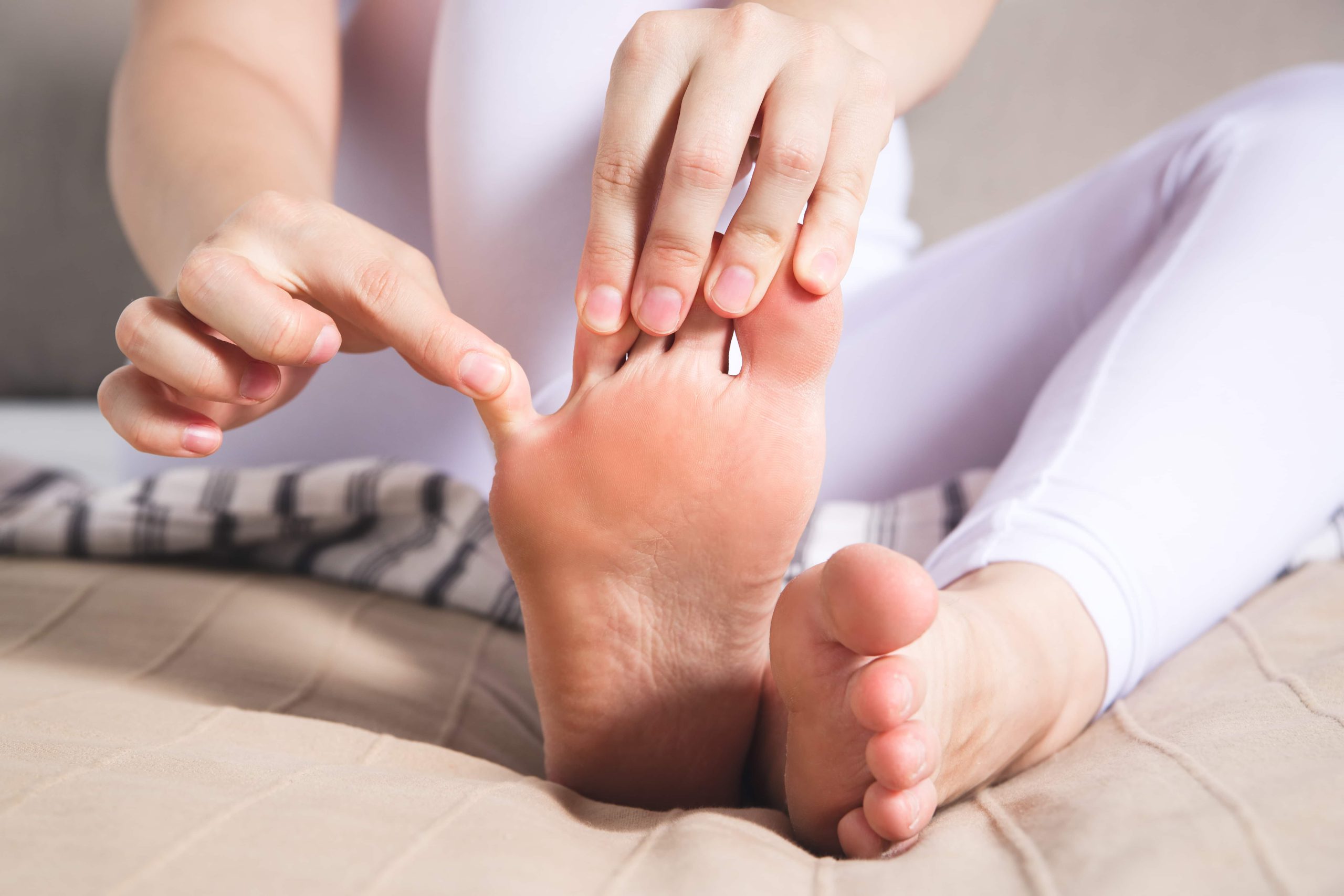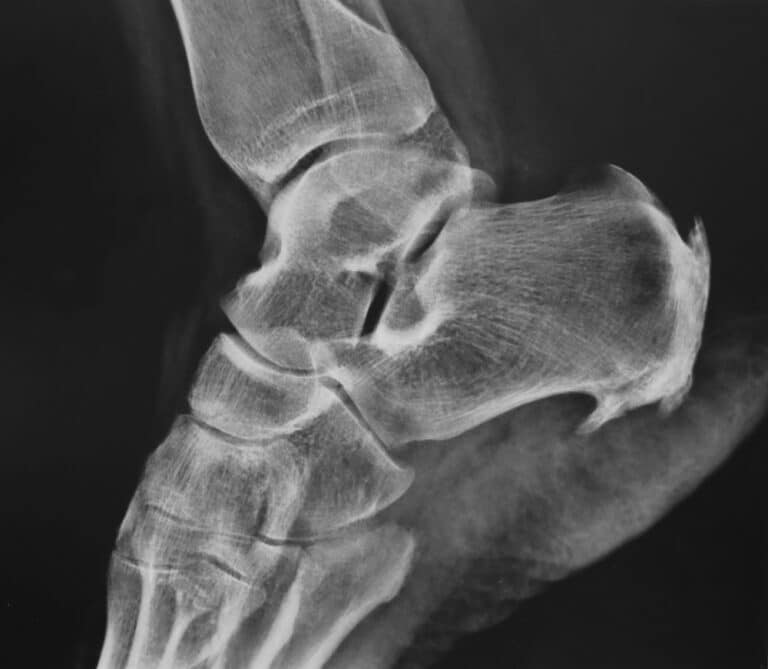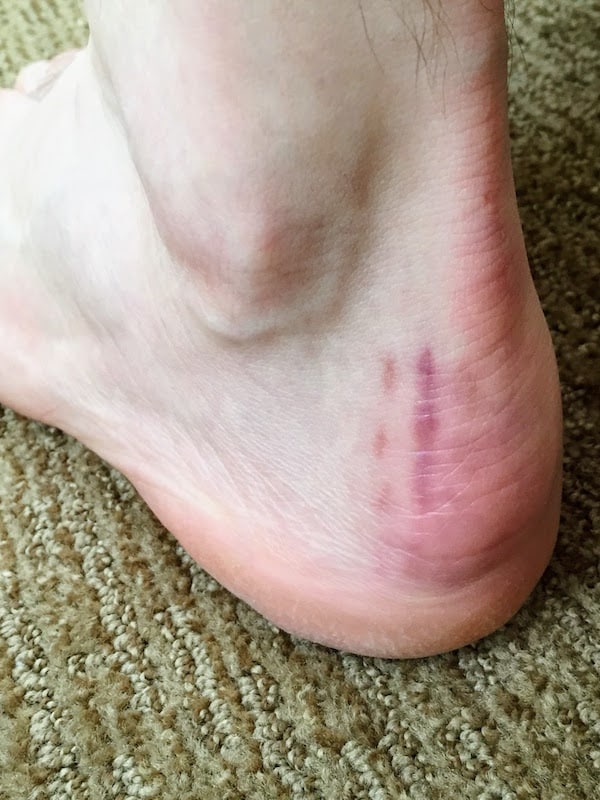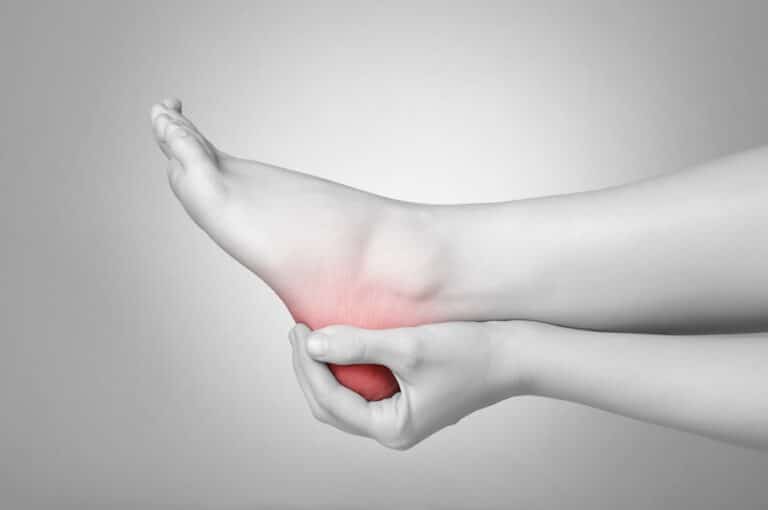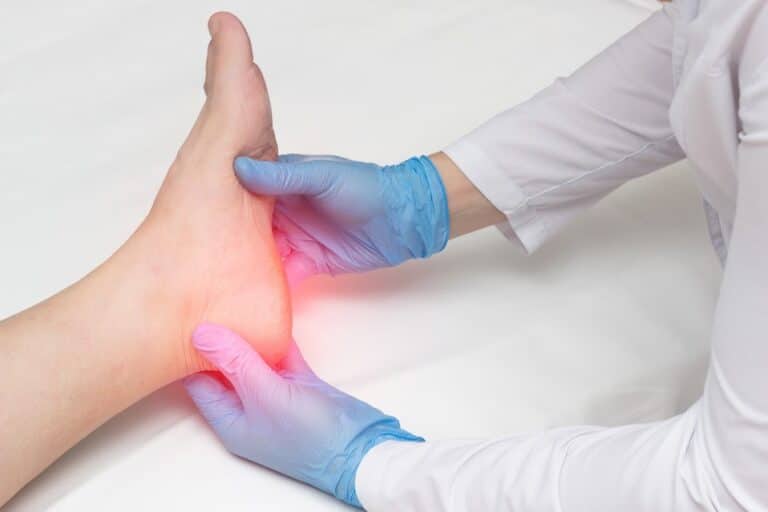Soft corns, often painful and uncomfortable, form on the foot due to excessive pressure on the skin from tight or poorly-fitting shoes, or prolonged standing. These corns can lead to ulcers and serious foot problems, such as skin breakdown, infections, and complications. Many treatments are available, ranging from home remedies like using a pumice stone or corn remover to professional medical interventions.
To effectively treat soft corns, it is recommended to consult a foot and ankle surgeon, who can safely remove the corn and reshape the affected area. This prevents further damage and complications that may arise from attempting to remove the corns at home using sharp objects. Prevention measures include using a pumice stone to remove dead skin and reducing friction and pressure on the feet.
Get a 10% Discount on Corn Removal Surgery
How to Prevent Soft Corns by changing Your Shoes?
We all have heard of a corn, but what is a soft corn? Soft corns are also known as “plantar warts” and are caused by a virus. The virus enters the body through a small cut or wound on the foot. Corns are most often found on the ball of your foot or on the sides of your heel.
Soft corns can be prevented by changing your shoes. It is better to wear shoes that fit correctly and do not rub against your feet too much. Avoid wearing tight-fitting socks that might cause blisters, which could lead to an infection from bacteria and fungus from getting into the wound.
If you have flat feet, then you should try getting shoes that have a higher arch or get inserts for your shoes that will support the arches in your feet.
How to treat soft corns between toes caused by fungi?
Soft corns are a common foot condition that is caused by fungus. The term “corn” refers to calluses or other hardened skin that develops from repeated friction against the same spot. Soft corns are usually found on the feet, but they can also develop on other parts of the body. The most common cause of soft corns is an infection with a type of fungus called dermatophytes, which naturally live in warm and moist places such as locker rooms, shower floors, and swimming pools.
The infection typically begins when fungi enter through a cut or break in the skin and spread to nearby healthy skin cells. The condition may be severe if you have diabetes or peripheral vascular disease because you may have reduced blood flow to your feet and increased susceptibility to fungal infections.
The treatment for soft corns includes over-the-counter antifungal medication such as athlete’s foot powder and antifungal cream. If the infection worsens or becomes chronic, the treatment may require an extensive course of oral medication or systemic antibiotic therapy to clear the infection and prevent a recurrence.
There are several ways to diagnose a fungal infection. One way is to see if the corn has a brown coloration on the surface. Another way is to take note of any white or yellow discharge coming from the corn. If you believe that you have a fungal infection, it is necessary to visit your surgeon to avoid further complications.
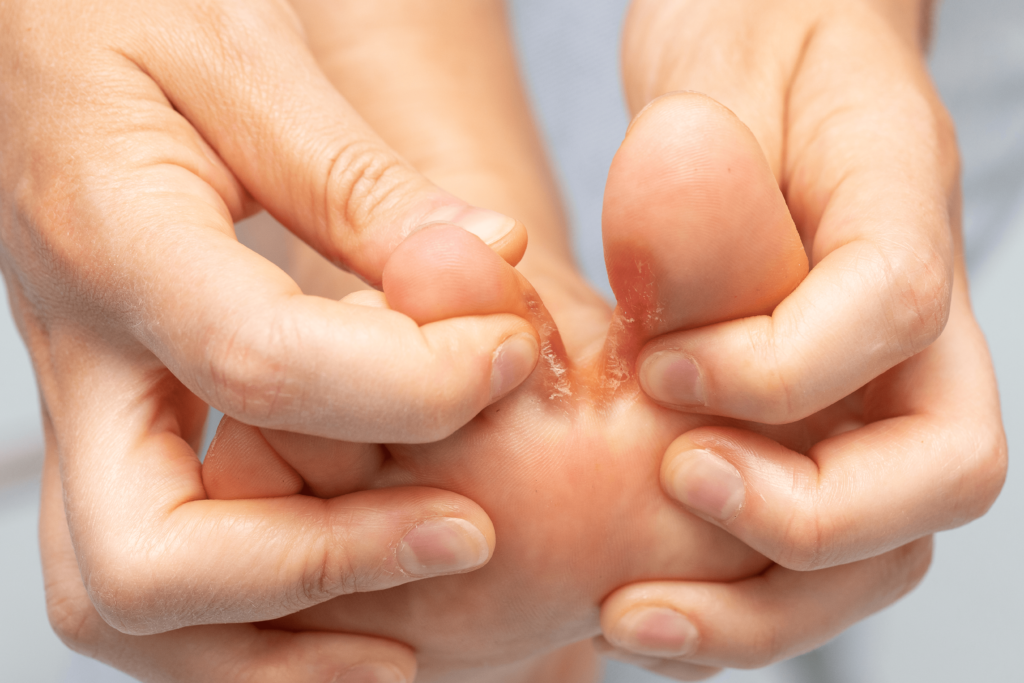
How to treat soft corns between toes caused by Dry skin?
Soft corns are a skin condition also caused by dry skin or exposure resulting in dead skin cells that flake off and stick to socks or shoes. They can be found on the soles of the feet and are typically characterized by small, hard bumps or calluses. These calluses can be painful and uncomfortable to walk on, but there are ways to prevent them from forming.
In order to prevent soft corns, it is important to keep your feet moisturized. This will help reduce the chance of developing dry skin, which leads to these painful calluses. There are many different ways that you can moisturize your feet including applying lotion or using a foot soak in warm water with essential oils like lavender or peppermint.
How to avoid soft corns between toes caused by sweating feet?
If your feet sweat a lot, then all that moisture can mix with bacteria on the skin that gives off an odor, creating soft corn.
Soft corns are caused by sweat mixing with bacteria and moisture. For people with sweaty feet, it’s important to keep your feet dry and clean. There are a few ways to do this – you can wear cotton socks, take a break from wearing closed shoes, use talcum powder or corn pads on your feet, or use an anti-bacterial foot spray.
It is important to keep your feet dry and clean so that you can avoid soft corns. You can do this by wearing cotton socks, taking a break from wearing closed shoes, using talcum powder or corn pads on your feet, or using an anti-bacterial foot spray.
How to get rid of Soft corn between toes with surgery?
The corn between the toes surgery is an option for patients when they have a condition called plantar hyperkeratosis. It is also known as ”soft corns” or ”soft calluses”. This condition can be removed by either surgical means or conservative measures, checking with a surgeon will be the best way to know what option works better for you.
Surgical treatment for this condition involves the removal of the excess skin and tissue that covers the area with a scalpel. This is then followed by stitches to close up any wounds and provide support to the area after surgery. Patients who choose this option need to refrain from putting weight on their feet for at least four weeks after surgery, making it difficult to perform daily activities, such as walking and working out at the gym, for quite some time.
Another surgical option is a keyhole surgery, which involves the use of a tiny incision in the affected area to remove the extra skin and tissue. This can be done through a small horizontal or vertical crease in the skin. The procedure typically takes only about an hour or two, and no stitches are required because it does not leave any wound that needs to heal. The patient does have to refrain from putting weight on their feet for two days after surgery.
Soft corn on pinky toe.
Soft corn on pinky toe is a common condition that can be treated with surgery. There are two surgical options available: corn removal and corn excision.
Corn removal is the most common treatment for soft corns on a pinky toe. This procedure involves removing the outer layers of skin and the underlying tissue that has been affected by the corn, as well as any other abnormalities in this area. This procedure can be done using a scalpel or lasers.
Corn excision is also known as “cornectomy”. It is an option for patients who want to avoid having to undergo surgery again in the future because of their soft corns on their pinky toes. This procedure removes the entire corn, including its root, along with other tissues around it that have been affected by it such as skin and bone tissue, so that it will not come back again in the future.

Soft corn between 4th and 5th toe.
Soft corn between 4th and 5th toe is a condition where the skin between the toes becomes soft and rubbery. This can be because of a trauma to the area or because of wearing tight shoes. Surgery to remove soft corns between the 4th and 5th toes may be necessary if they become too large or painful to walk on. There are two surgical options: removal with stitches or removal with lasers.
It is important to see a doctor when you have soft corns. The doctor will ask about your symptoms, examine your feet, and may take an x-ray to look for problems like arthritis or a broken bone. Treatment options depend on what has caused the problem. If it is just from wearing tight shoes, then you may need to wear looser ones or use pads in your shoes so that there is more space for your toes; if it’s from an injury, then you may need surgery; if it’s from arthritis or another chronic condition, then you might need surgery as well as other treatments like medications and physical therapy.
Corn on second toe.
Soft corn on second toe surgery is a surgical procedure that is performed to remove the corn. The most common cause for this is a bunion.
There are two types of soft corns on the second toe – those that are caused by a bunion and those that are not.
If you have a bunion, then it is essential to get a surgery done because it can lead to other problems like hammertoe or arthritis.
If you have a soft corn on your second toe that has no relation to any other problem, then there is no need for surgery. You can just use over-the-counter remedies like padding and painkillers.
What is the difference between a soft corn and a hard corn?
A soft corn toe is a type of corn that is usually found in the front of your foot. The plantar fascia, which connects your toes to your heel, becomes inflamed and causes pain when you put weight on it. A hard corn toe is a type of corn that is usually found at the back of your foot. It can be caused by shoes that are too tight or not wearing socks with your shoes.
